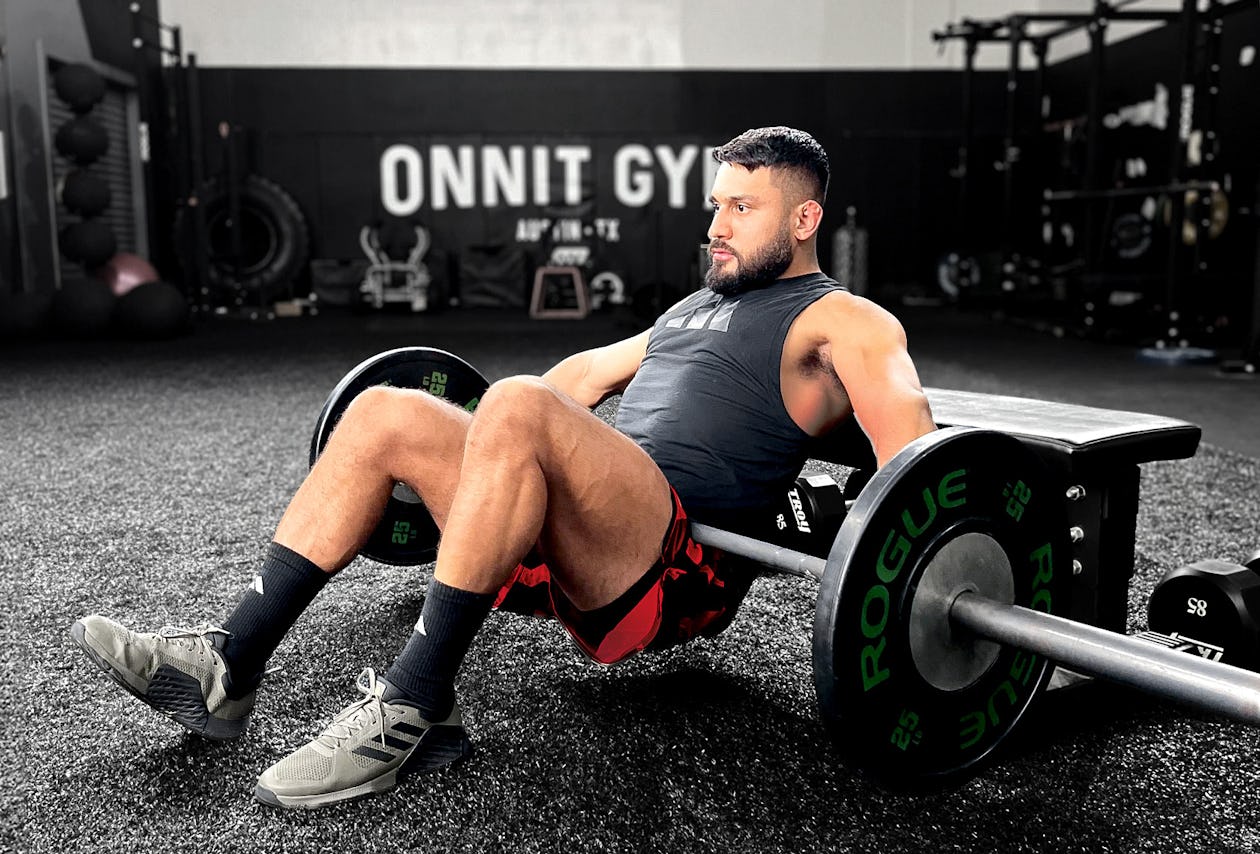How to Maximize Hip Thrusts for Glute Activation: Elevate Your Workout
In the vast world of fitness, few exercises rival the effectiveness of the hip thrust when it comes to targeting your glute muscles. This article will explore how to effectively feel hip thrusts in your glutes to reap the greatest benefits. Whether youre just starting out or are a seasoned veteran at the gym, learning how to properly engage your glutes during hip thrusts can truly enhance your workout experience.
Understanding how to activate your glutes during hip thrusts is vital not just for aesthetics, but also for boosting overall strength, stability, and function.

Understanding Glute Anatomy
Before tackling the hip thrust technique, its beneficial to familiarize yourself with the anatomy of your glutes. Your glute muscles consist of three major components:
- Gluteus Maximus: This is the largest muscle in your backside, crucial for hip extension.
- Gluteus Medius: Situated on the outer side of your hips, this muscle is essential for stabilizing your hip.
- Gluteus Minimus: The smallest and deepest of the glute muscles, it aids in various hip movements.
The Importance of Engaging Your Glutes
Effectively engaging these muscles not only enhances your hip thrust performance but also contributes to your bodys overall stability, posture, and athletic prowess. By properly activating your glutes, you can help prevent injuries and bolster your strength in other exercises.

How to Execute Hip Thrusts Correctly
Heres a straightforward guide to performing hip thrusts correctly:
- Set-Up: Sit on the floor with your upper back against a stable bench or platform. Use a barbell or a weight plate over your hips for added resistance.
- Foot Position: Keep your feet flat on the ground, hip-width apart, with your knees aligned above your ankles.
- Lift-off: Press through your heels and lift your hips, aiming to form a straight line from your knees to your shoulders at the peak of the movement.
- Squeeze: At the top, actively engage your glutes, holding for a second before lowering back down.
- Repetition: Strive for 3-4 sets of 8-12 repetitions, maintaining proper form throughout.
Avoiding Common Mistakes
To fully benefit from hip thrusts, steer clear of these common pitfalls:
- Using Excessive Weight: Starting with too much weight might jeopardize your form. Prioritize mastering the movement first.
- Arching Your Lower Back: Keep a neutral spine; over-arching can lead to injuries.
- Neglecting Glute Activation: Focus on feeling your glutes firing during the exercise to establish a solid mind-muscle connection.

Ways to Feel Hip Thrusts in Your Glutes
With a solid grasp on how to perform hip thrusts, lets emphasize how to feel the hip thrust in your glutes. Achieving this awareness is crucial for effectively engaging the right muscles. Here are some helpful tips:
- Mind-Muscle Connection: Concentrate on your glutes during the movement. Visualize the muscles contracting as you elevate your hips.
- Slow Down: Perform the exercise at a controlled pace, allowing your glutes to fully activate before you transition back down.
- Use Cues: Verbal reminders like 'squeeze' or 'fire' can reinforce your glute engagement.
- Experiment with Variations: Try different hip thrust variations, such as single-leg thrusts or elevated thrusts, to enhance your muscle connection.
Incorporating Hip Thrusts into Your Routine
For optimal results, add hip thrusts to your workout schedule 2-3 times a week. Start with lighter weights and gradually increase the resistance as you grow more confident with the movement.

Benefits of Hip Thrusting
Integrating hip thrusts into your routine offers a wealth of benefits, including:
- Stronger Glutes: By focusing on your glute muscles, you can enhance their strength and size.
- Improved Posture: Strong glutes support better core stability, positively affecting your overall posture.
- Enhanced Athletic Performance: Improved strength in your glutes translates to better performance across various sports.
- Injury Prevention: A robust posterior chain plays a key role in preventing injuries, especially in your lower back and knees.
FAQs
- How often should I do hip thrusts? It is recommended to perform hip thrusts 2-3 times weekly for the best results.
- Can hip thrusts replace squats? Although hip thrusts are an excellent addition, they should not entirely replace squats since they target different muscle groups.
- Will I feel sore after hip thrusts? Its common to feel soreness in your glutes post-workout, which is a sign of effective muscle engagement.
For more insights into hip thrusts, check out this guide. Additionally, learn how to perform single-leg hip thrusts for added variety. If youre concerned about muscle soreness, you might find this article on butt muscle soreness helpful. Dont forget to check out this resource for an expert view on barbell hip thrusts.
As an Amazon Associate, I earn from qualifying purchases.

